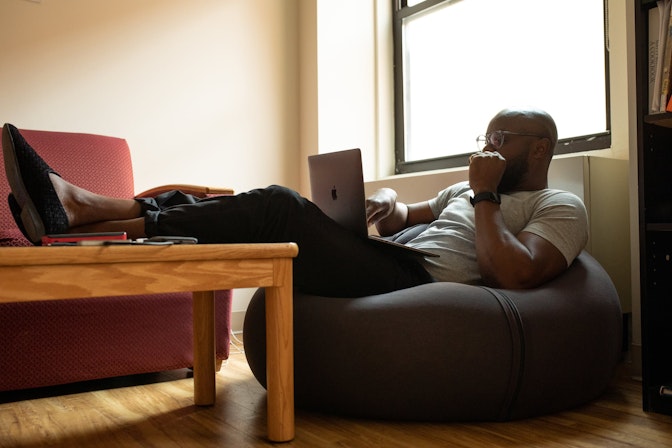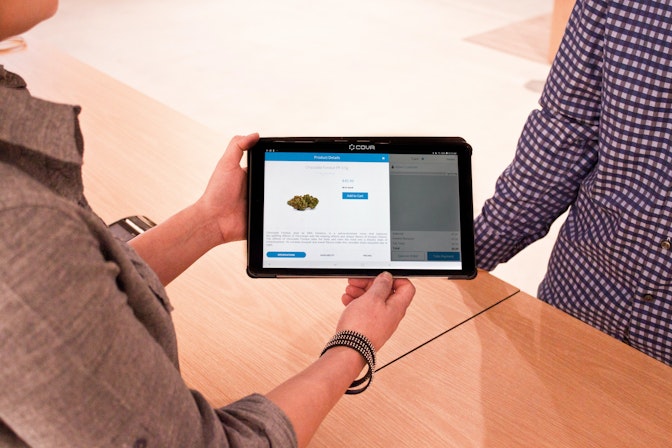Augmented reality is expected to rapidly grow to $120 billion in revenue by 2020. As a result, augmented reality ecommerce will likely disrupt the ecommerce industry with its ability to personalize and enhance the shopping experience for customers.
Approximately 40% of consumers would be willing to spend more on a product if it offered an augmented reality experience. Thus, putting retailers who offer augmented reality features online at a competitive advantage that’ll likely increase sales, conversion rates and number of products sold for their online store.
Post Contents



Augmented Reality vs Virtual Reality

Augmented Reality shows a computer-generated sensory in the real world. For example, in Pokemon Go you could see Pokemon graphics through your phone that has been placed on top of real-world visuals. Augmented reality can be experienced through your phone, on your computer or even special augmented reality glasses like Google Glass. Augmented reality ecommerce allows you to make purchases on your mobile device or desktop.
→ Click Here to Launch Your Online Business with Shopify
Virtual Reality offers a 360° video of a real-world scene. We’ve seen virtual reality take over the gaming industry. With brands like Oculus and HTC offering virtual experiences, customers can experience a different world simply by wearing a headset. Virtual reality ecommerce allows you to make purchases using your eye movements.
Why You Should Try Augmented Reality Ecommerce
While most of us were introduced to augmented reality through the popular Pokemon Go app, augmented reality isn’t just for gaming. Over the next few years you’ll see it expand into other industries like health care, books, and of course, there’s augmented reality ecommerce.
Visualize Your Purchases
A few months ago, my partner and I bought a condo. We used an augmented reality app to help us visualize what our condo would look like furnished. We were able to choose the exact furniture from Ikea that we wanted to buy. We were able to see what types of furniture we could fit into the space without it being too cramped. We saw which colors clashed, which allowed us to visualize our home before any big purchases. We played around with our layout a few times until we chose all aspects of our home. Since neither one of us are good at imagining what our home could look like, seeing our actual furniture laid out in our space allowed us to create a home that looked great.
Enhance the Shopping Experience
For many, half the fun of shopping is trying on different looks. That’s why Sephora’s Virtual Artist app is amazing for online beauty shoppers. You can try out different lip colors, eyelash thickness, eyeshadow and cheek colors. By trying on several shades in one click, you can easily see what colors look good and which look bad. This virtual experience is even better than an in-person experience where you’d have to apply and remove makeup until you’ve found one you like. This app makes the shopping experience fun by allowing you to makeup your face in various looks. You can experiment with shades you normally wouldn’t. If you like the look you created, you can easily click the Shop buttons to buy the products. This allows you to have a fun shopping experience while making the purchase an easy and natural part of the process.
Personalizes Online Shopping
Augmented reality ecommerce can personalize the shopping experience for your customers. Over time, you’ll start finding tools that allow customers to see what clothes look like on them, that show what sizes would fit your body or that show the actual size of a product in your space, and other features that would solve the problems of online retail. Instead of an online store showing models wearing the clothing, customers may even be able to see themselves in all of the outfits to know which would look best on them. You’ll start seeing a level of personalization that will likely increase online store conversion rates while increasing sales as well.
5 Best Augmented Reality Examples
Sephora
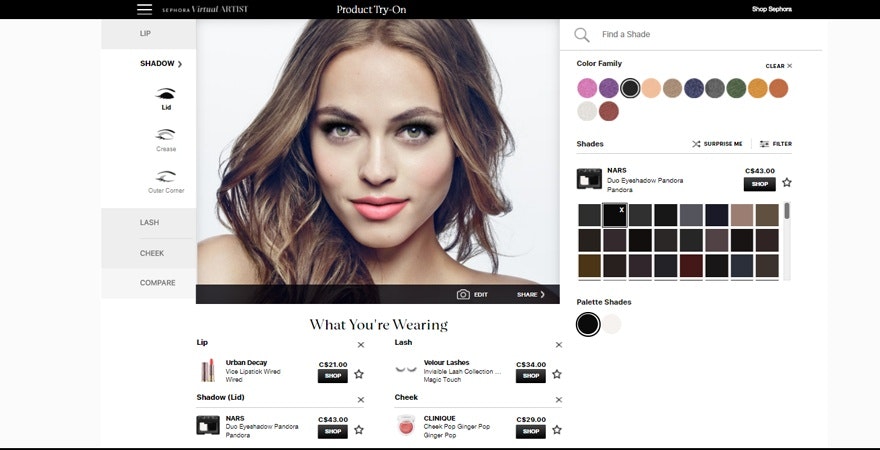
Sephora Virtual Artist is likely the best augmented reality example to learn from. You can try on different makeup looks, take a picture of an outfit you’re planning to wear to match the shade, check out full face looks, and learn how to do your makeup with virtual tutorials. Whether you’re a makeup beginner or makeup artist looking to experiment, there are augmented reality ecommerce features that allow you to try and then buy the makeup that looks best on you. It creates an enjoyable shopping experience for women who like playing with different looks while making it as easy as clicking a button. Customers can feel confident with their purchases as they’ve had an opportunity to ‘try on’ a wide selection of products which will likely help increase conversions while reducing refunds.
Amikasa
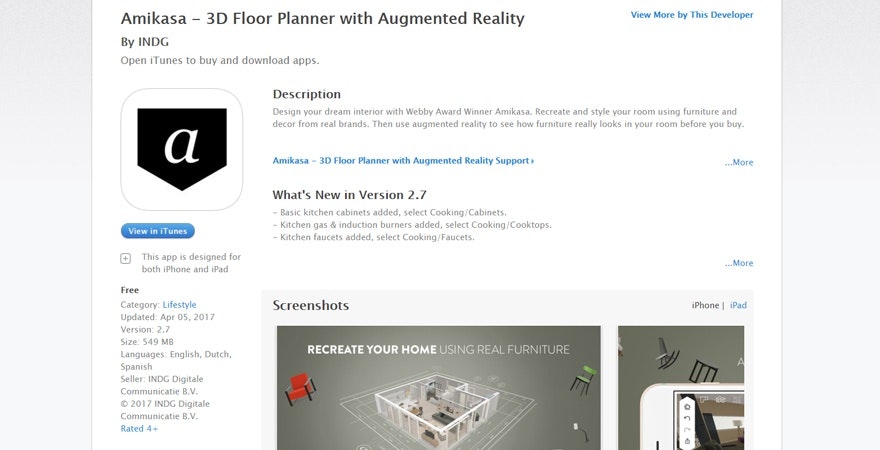
Amikasa is a great augmented reality ecommerce app as it allows you to design your dream home using furniture from real brands. I used a similar app when designing my home. It’s a great tool for new home buyers or those moving out for the first time. App users will be able to recreate their home, choose from real furniture, change product colors, view furniture as if it’s actually in your home to see how it looks and buy products through the app. It allows you to see how all your furniture can come together to create a unified look. You’ll know whether or not something suits the room’s layout or if it makes the space feel too cramped. By being able to see products in your space, you can easily visualize how the final design will look.
Quiver
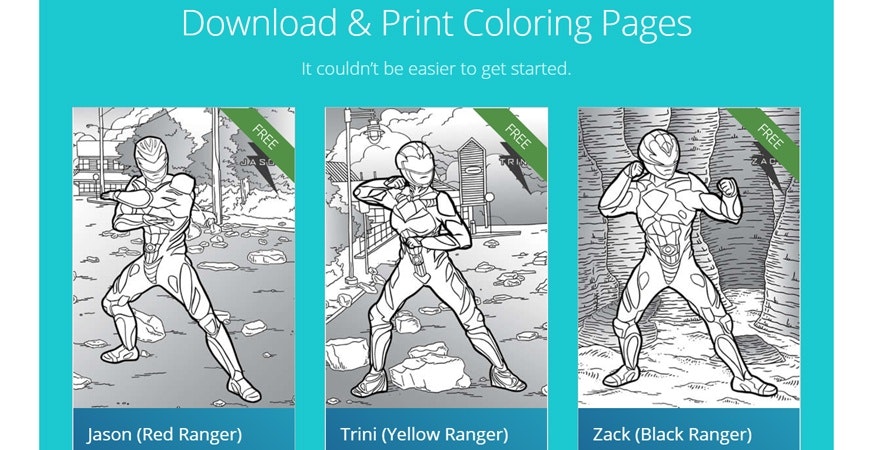
Quiver is a great augmented reality example of a product for kids. It allows children to download and print coloring pages. When a child has finished coloring their picture, they can use the Quiver app to bring their picture to life. It creates an interactive playing experience for children.
IKEA
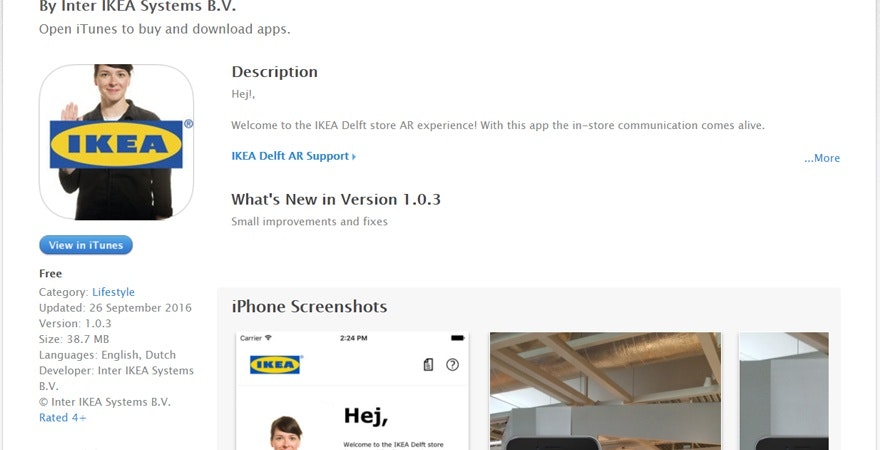
Ikea is another retailer taking the augmented reality ecommerce industry by storm. In 2014, they made an augmented reality version of their catalog. A group of students also created a feature that allowed customers to find recipes with the ingredients they have on their Ikea kitchen table.
Tap Painter
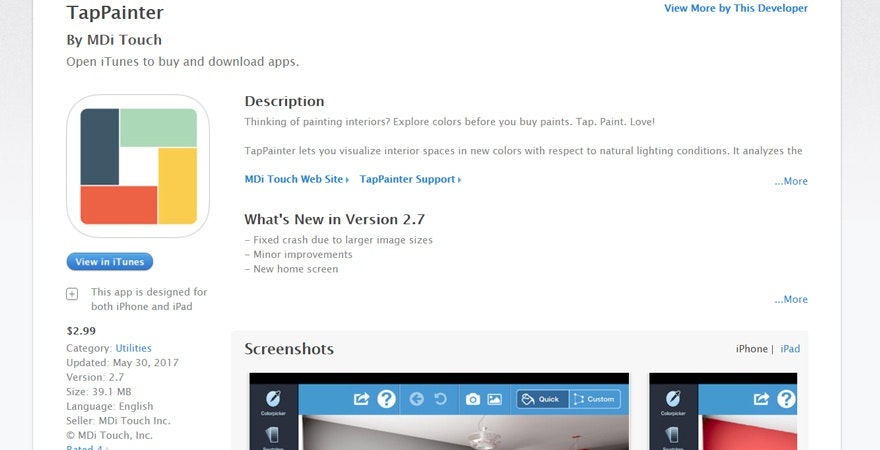
Tap Painter is an augmented reality app that allows you to determine which color you should paint your walls. App users can choose paint from a wide selection of brands such as Benjamin Moore, Behr, Sherwin Williams, and more. You can even enter paint swatch color codes to see the exact color you’d like. You can choose different colors for different walls to see the finished look.
Augmented Reality Tools in Ecommerce
Augment
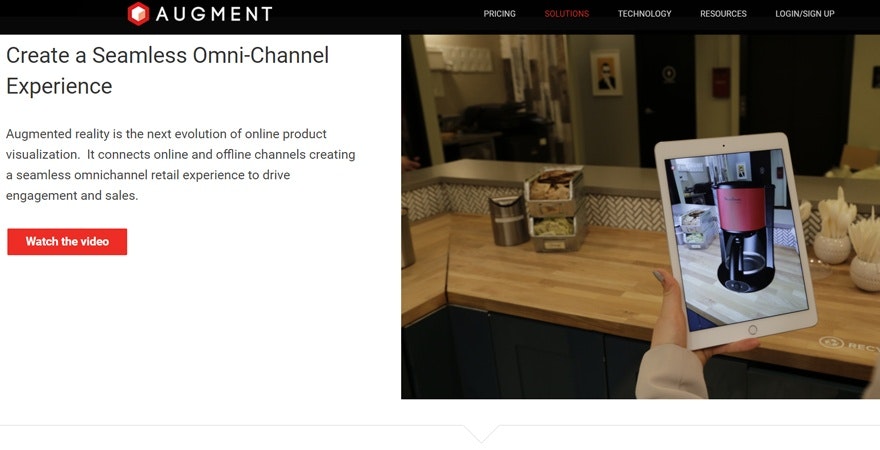
Marxent Labs
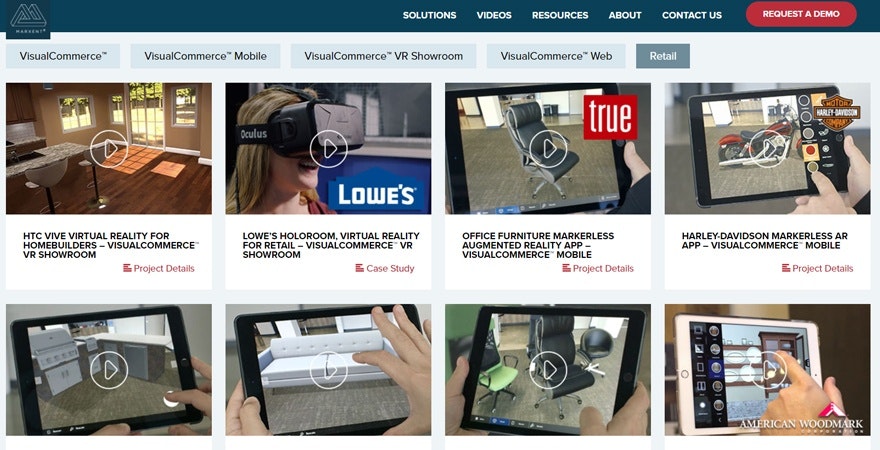
Marxent Labs has created a range of virtual reality and augmented reality ecommerce apps that can help store owners. From allowing customers to see office furniture in their home or office to placing furniture and appliances within your home, this augmented reality tool offers a range of product placing apps that could be beneficial to your online store if you’re in the home decor or office supply niche.
Total Immersion
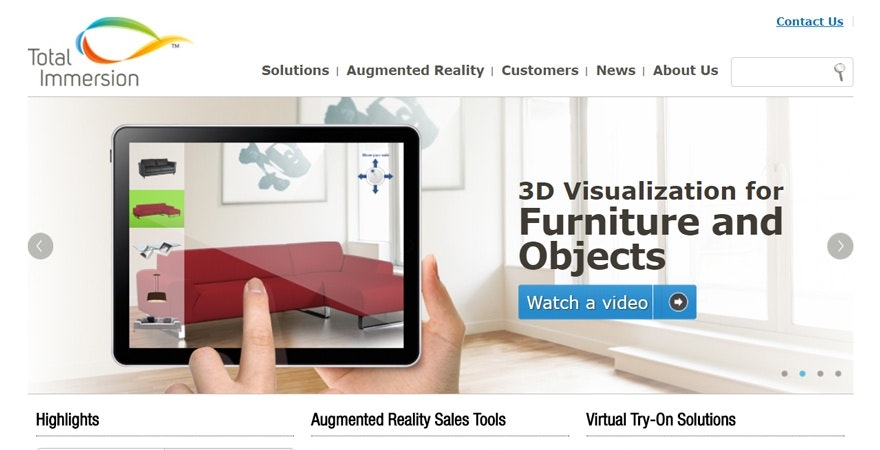
Total Immersion is another 3D visualization augmented reality tool where you can place objects and furniture within real spaces. It allows you to see furniture within your own living room, try out different floor colors, and see products placed within your home. It’s a great home decor tool for business owners.



Want to Learn More?
- What Should You Sell Online?
- 10 Online Stores to Use as Inspiration for Your First Store
- 10 Virtual Reality Statistics You Need to Know in 2020 [Infographic]
- 20 Ecommerce Advantages and Disadvantages You Need to Know
Where do you see augmented reality ecommerce heading over the next few years? Do you plan to add augmented reality features to your store for your customers? Are there any augmented reality tools you plan on using? Let us know in the comments!

